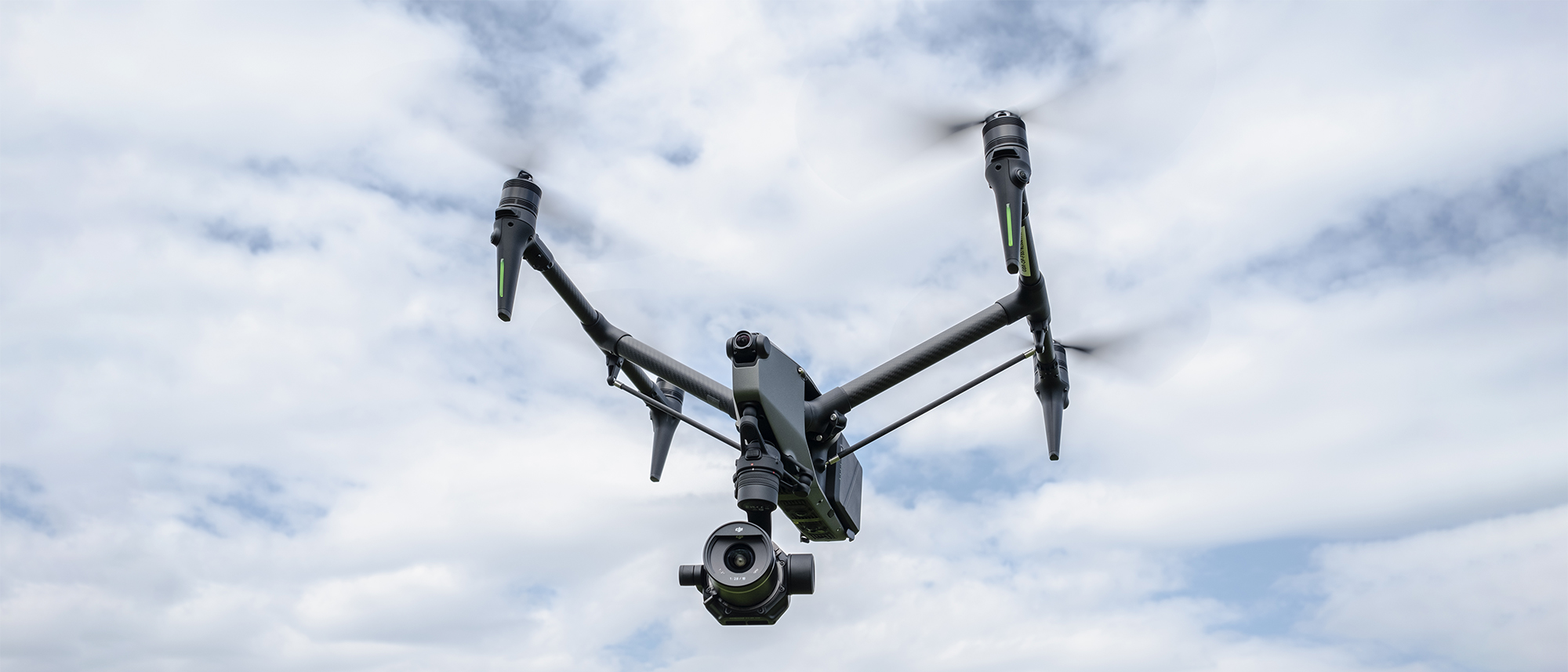TechRadar Verdict
The DJI Inspire 3 is a powerful drone with precise control, aimed at professional filmmakers, with further use cases including commercial inspections and surveying. Image quality from the full-frame sensor and interchangeable lenses is fantastic, and blows smaller drone models out of the water. It’s a large and heavy drone kit offering professional features far beyond what any casual user could ever need, and with a kit price of $16,499 / £13,419 / AU$20,469 without any lenses or the Inspire 3 Raw License, it’s priced accordingly.
Pros
- +
Excellent image quality
- +
Smooth and precise flight
- +
Interchangeable lenses
Cons
- -
Expensive
- -
Large and heavy
- -
More complicated than consumer models
Why you can trust TechRadar
Two-minute review
It’s safe to say that aerial video is ubiquitous in TV and it’s a type of shot that viewers expect to see. Drones have therefore become a staple tool for filmmakers and transformed the movie and television industries, making it simple and cheap to capture dramatic and fluid aerial footage that can be blended seamlessly with traditional camera shots. DJI Inspire drones have long been used to great effect in this capacity.
Most people are familiar with DJI thanks to its highly portable folding consumer/prosumer drones, but the company also has a firm foothold in the professional arena with its Inspire and Matrice models. And DJI now has a new model that’s capable of satisfying the creative and technical needs of Hollywood’s most demanding directors of photography – the DJI Inspire 3.
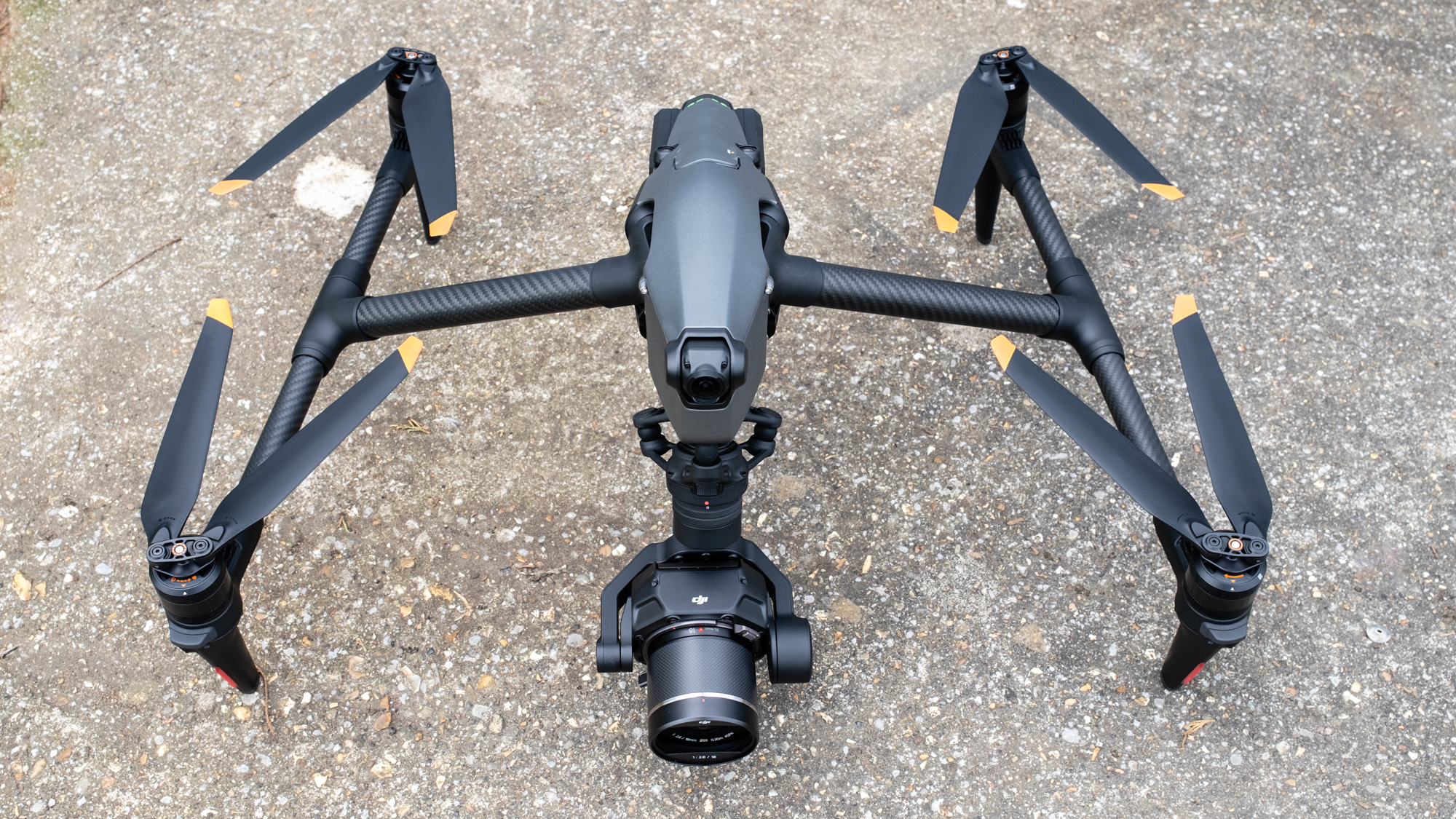
The Inspire 3 builds upon and significantly exceeds the offering of its predecessor, the Inspire 2, which was launched back in 2016. The new model is more user-friendly in many respects; it’s as intuitive to use as any DJI consumer model to a degree, but with more advanced flight performance and image capture features available for professional aerial photography and video applications.
One of the most impressive features is the new full-frame Zenmuse X9-8K Air Gimbal Camera that’s included in the kit. This delivers the option to shoot in full-frame/35mm or Super 35 in 8K up to 75fps in ProRes Raw, or 8K up to 25fps CinemaDNG, as well as 4K at up to 120fps in all but the CinemaDNG codec, which tops out at 100fps in 4K. You can also shoot photos in raw and JPEG, and take advantage of up to 14 stops of dynamic range for both stills and video.
The Inspire 3 is a large and heavy drone that’s not comfortable or easy to carry over uneven terrain, despite the kit including an extremely useful trolley case. Set-up time is also longer than for a consumer-level drone, so this is not a model for casual users who require convenience and portability, and that’s before we even consider the cost of the drone. But for professional drone pilots, it will undoubtedly be a highly attractive option for many reasons.
DJI Inspire 3 Release date and price
- Announced April 2023
- Available for pre-order now
- Delivery and availability in June 2023
The DJI Inspire 3 was announced in April 2023, and is available for pre-order now, with delivery expected from June. This is a highly specialist drone designed primarily for aerial video capture for movies and television, but the features and image quality on offer – notably its highly precise Waypoint Pro system, which can be extended to 10mm accuracy with the optional D-RTK 2 Mobile Station ($3,600 / £2,700 / AU$ 4,700) – also facilitate use cases within other professional settings such as surveying/inspections.
The Inspire 3 Combo kit costs $16,499 / £13,419 / AU$20,469 without any lenses, the Inspire 3 Raw License for CinemaDNG and Apple ProRes RAW codecs, which costs $979 / £899 / AU$1,559, or the advanced additional accessories, so it’s priced accordingly for the features on offer within the professional market, but will be out of reach of most consumers. The four lenses range from $1,199 / £1,199 / AU$1,749 to $,1299 / £1,299 / AU$2,199, so comparable to standard camera prime lenses, but the additional investment on top of the drone kit needs to be considered.
The kit includes the DJI Inspire 3, Zenmuse X9-8K Air Gimbal Camera, RC Plus remote controller, 6x TB51 Intelligent Battery, Charging Hub, PROSSD 1TB, Trolley Case, 3x Foldable Quick-Release Propellers (Pair), Lens Carrying Box, RC Plus Strap and other accessories. Lenses and advanced/specialist accessories are available separately, and depending on requirements, the overall cost of the kit could be driven up significantly.
DJI Inspire 3: Design and controller
- Travel Mode semi-folding design
- Can be operated with two controllers
- FPV camera for pilot view
True professional drones are large and heavy, and while the Inspire 3 is about as compact and lightweight as they get, it’s far from being as lightweight and convenient as DJI’s Mavic 3 series, for instance. Flight times are also shorter, with an advertised duration of up to 28 minutes, and during testing I was typically achieving around 18 minutes before Return to Home was automatically initiated at 20% battery capacity. This was, of course, determined by wind conditions and flight patterns, and battery life will be longer for less vigorous flights.
When the Inspire 3 takes off the landing gear is automatically raised, and when close to the ground for landing it’s automatically lowered, unless you disable this function for higher-risk ultra-low-level flying. This raising and lowering of the landing gear also facilitates two other useful features for shooting – Tilt Boost 80-degree upward shooting with the landing gear down, and 360-degree pan of the camera with the landing gear up.
The drone measures 27.9 x 6.9 x 19.7 inches / 709.8 x 176 x 500.5mm in Travel Mode, where the drone flattens out for transportation using a powered mechanism, and when set to Flight Mode it narrows slightly but becomes taller. One useful new feature is that the folding propellers can be left attached during transportation in the trolley case, which speeds up set-up time, although this is still considerably longer than for consumer models.
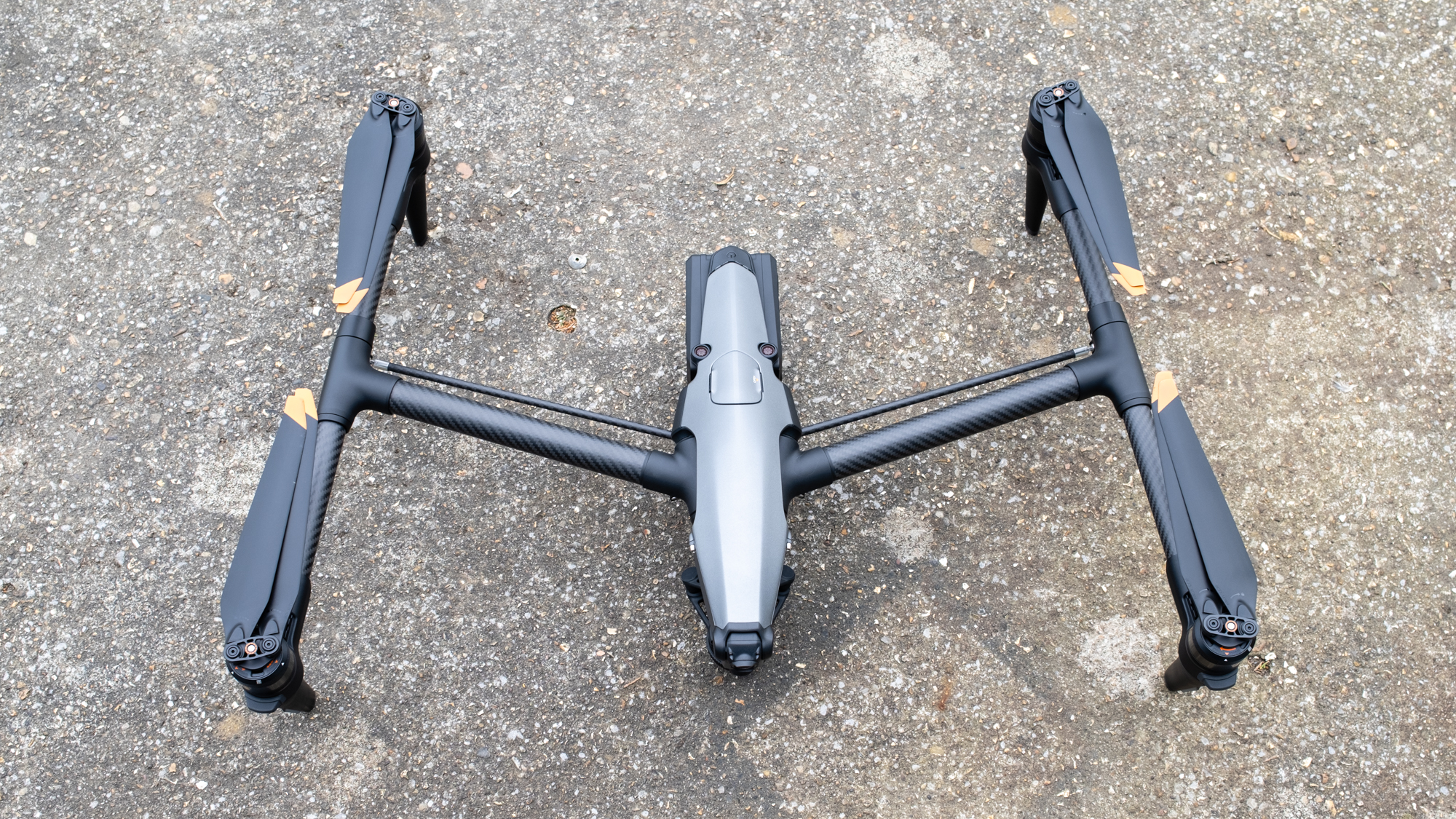
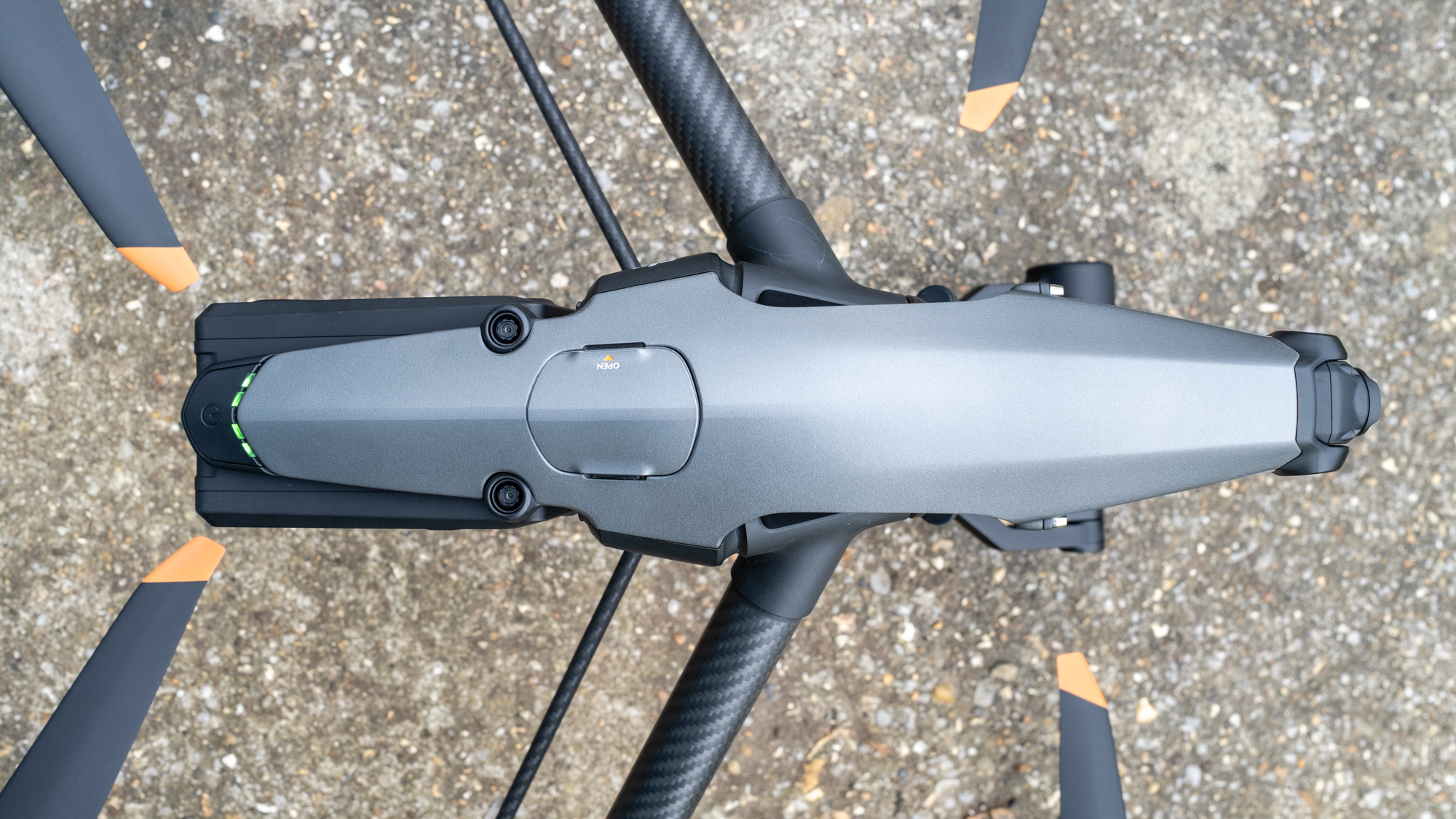
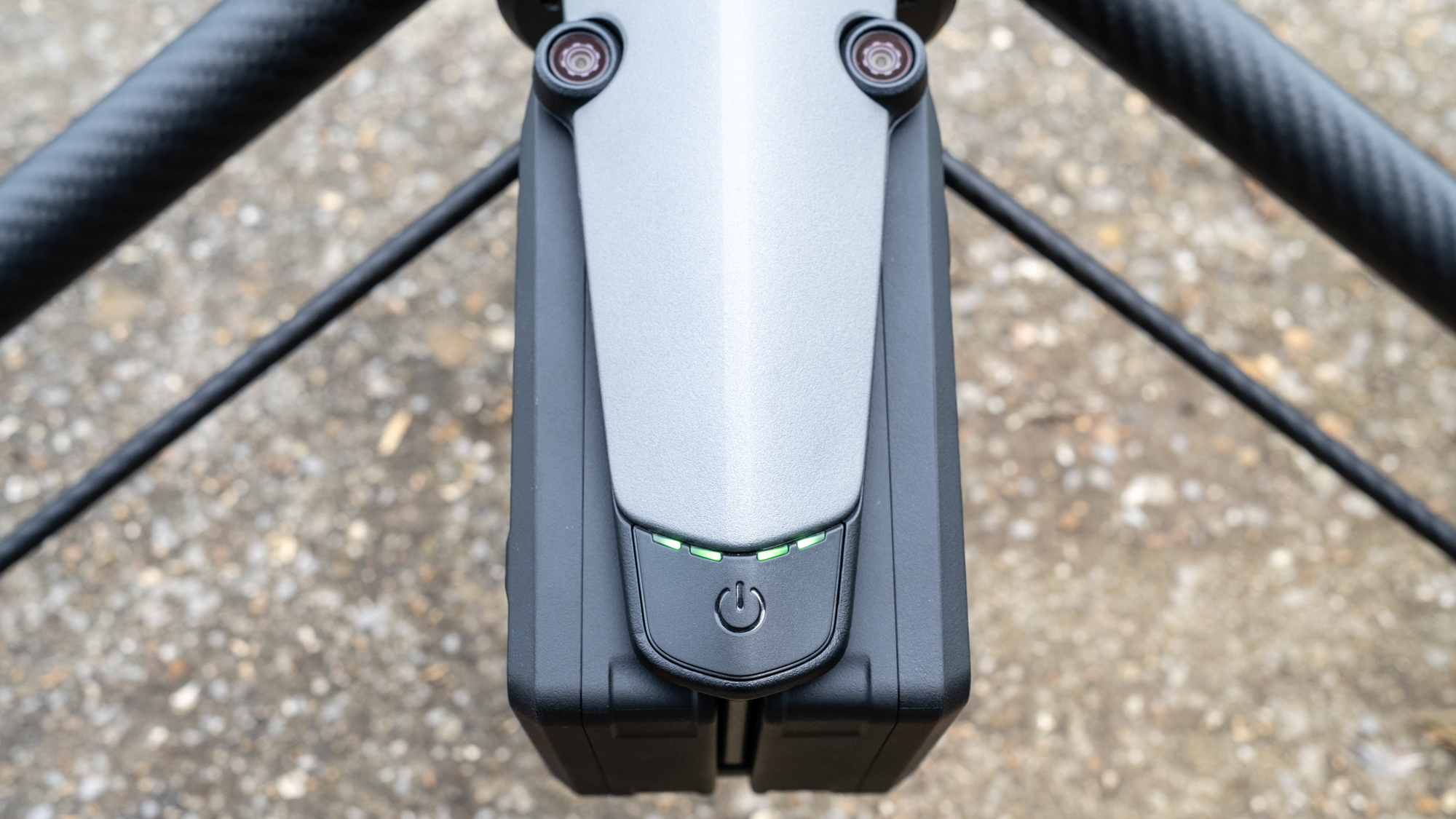
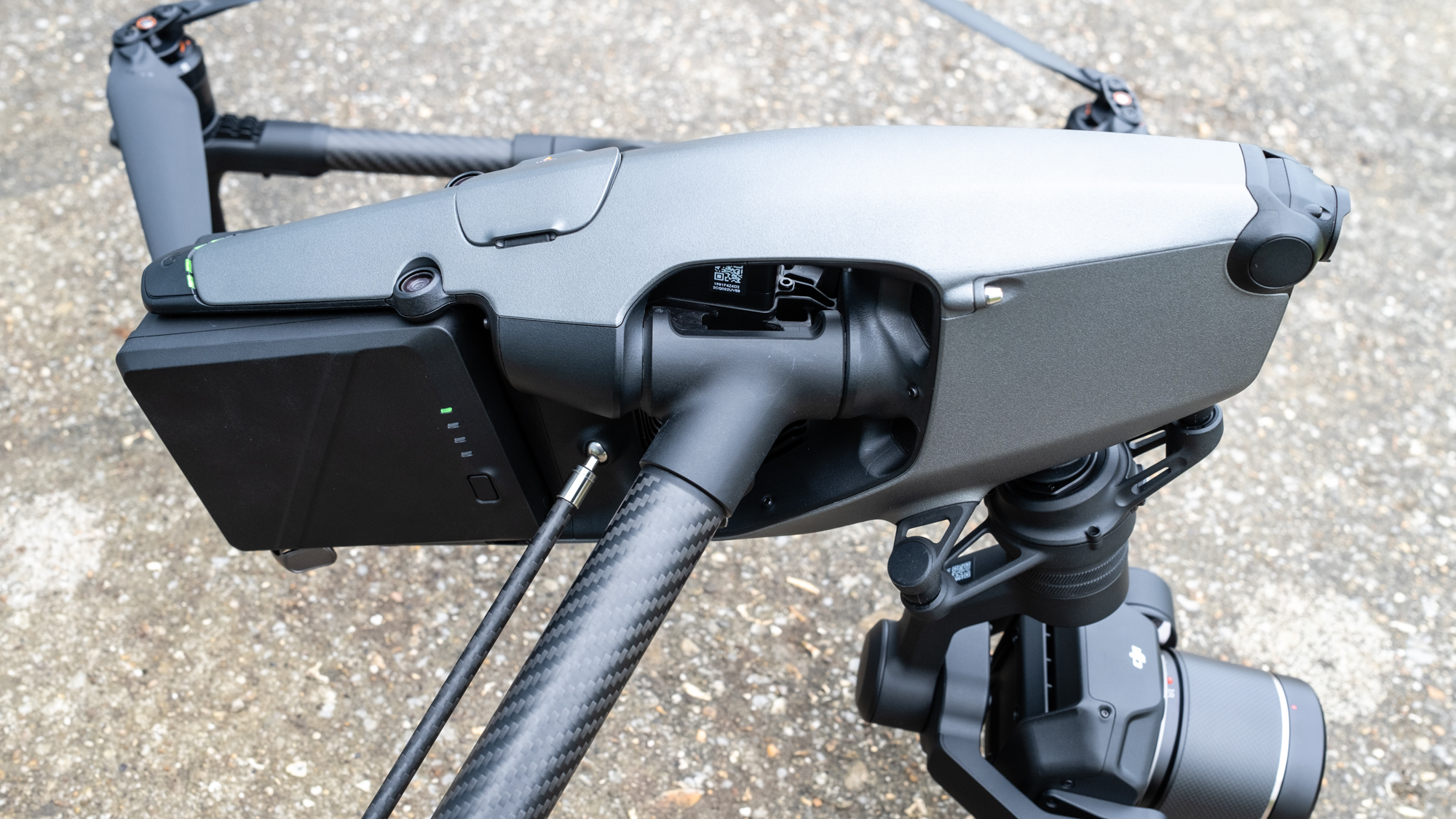
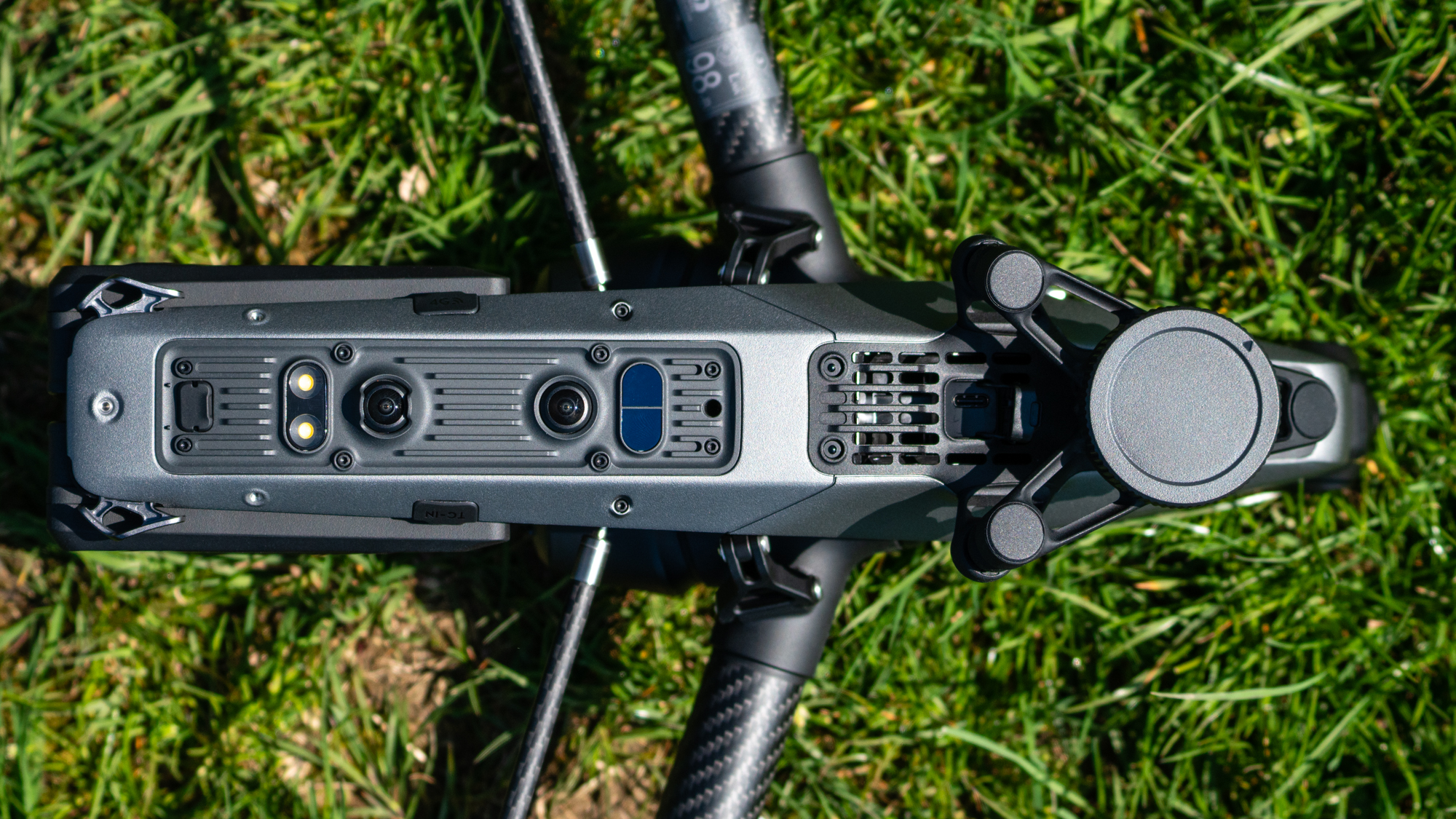
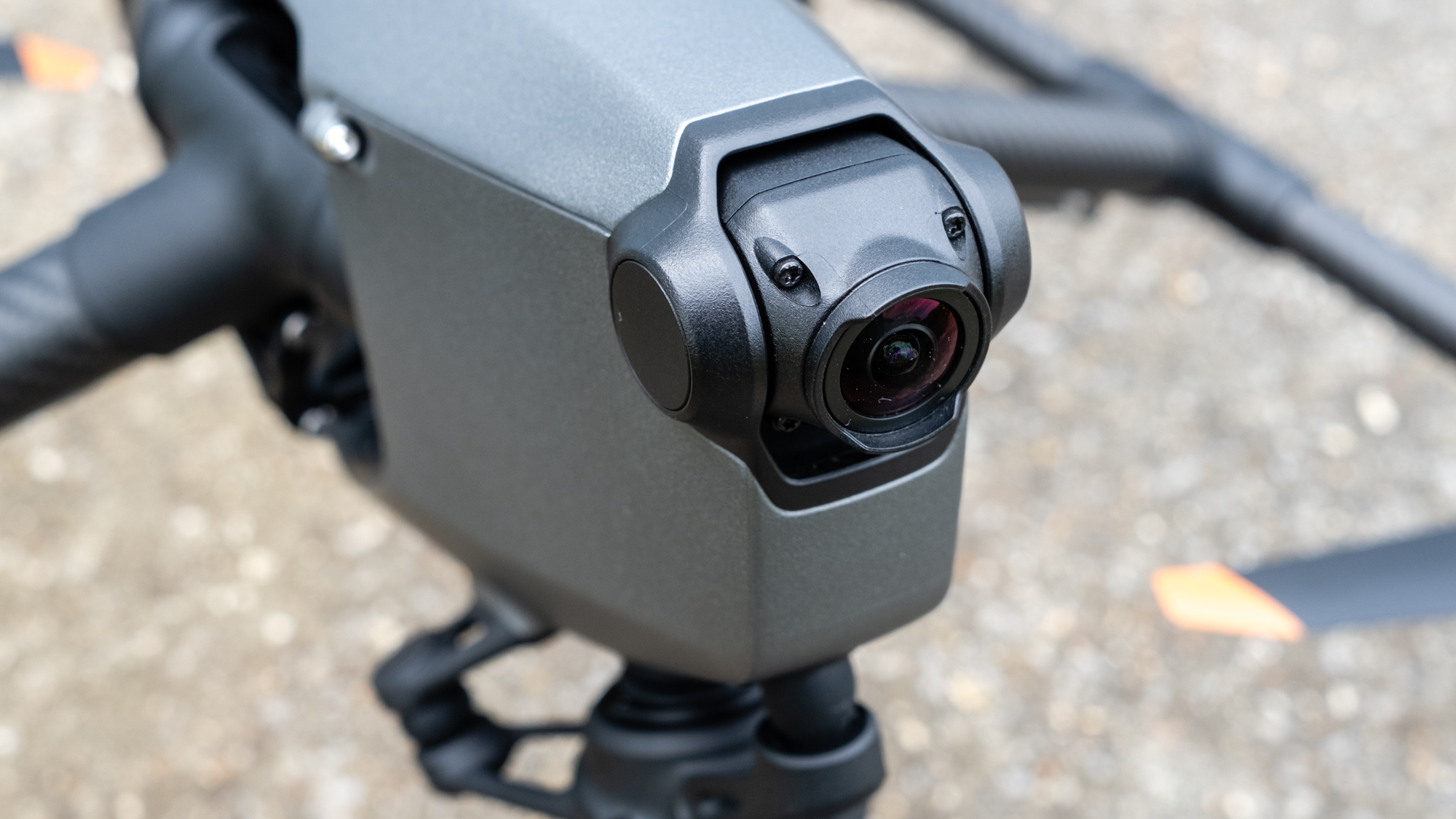
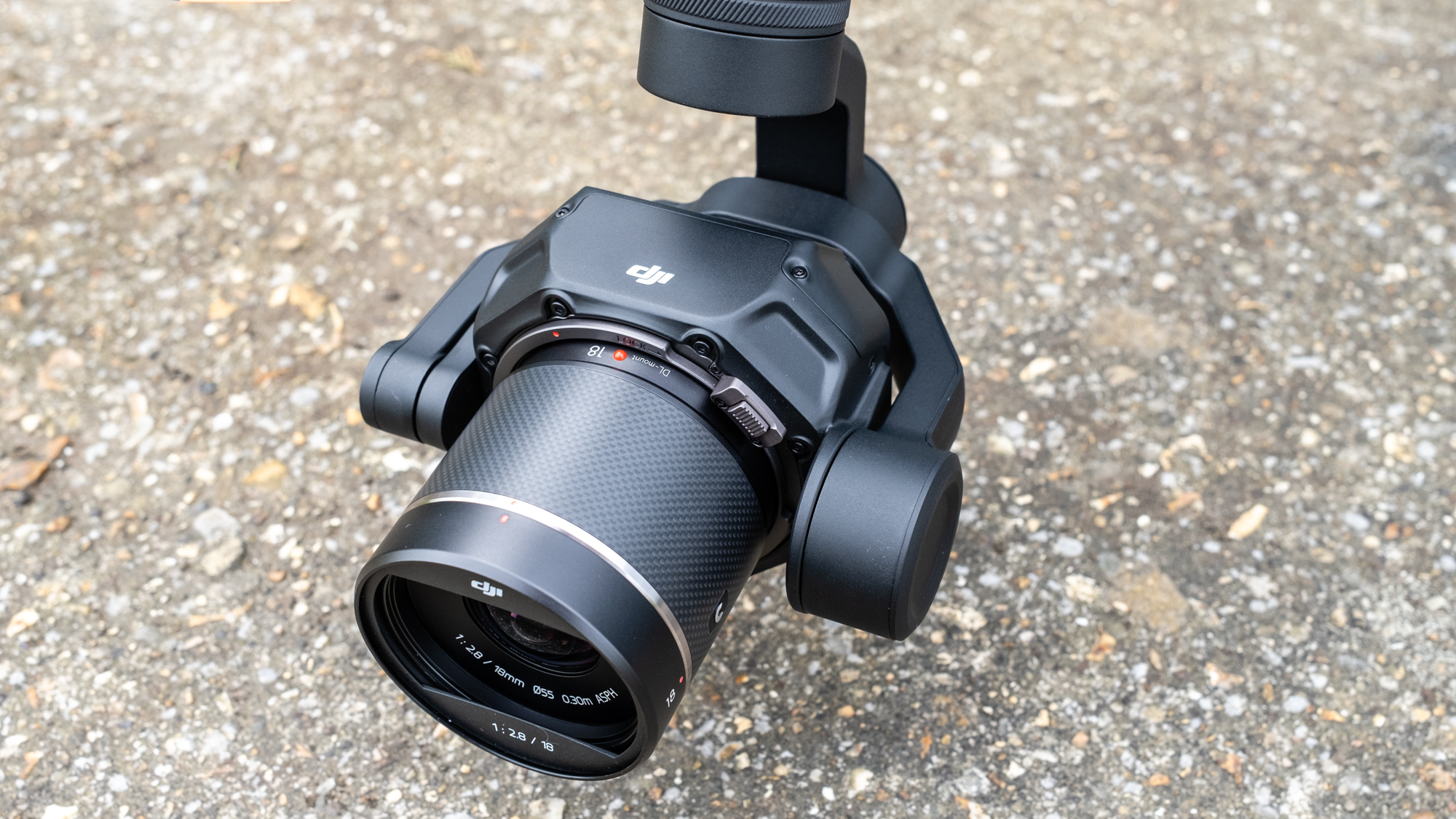
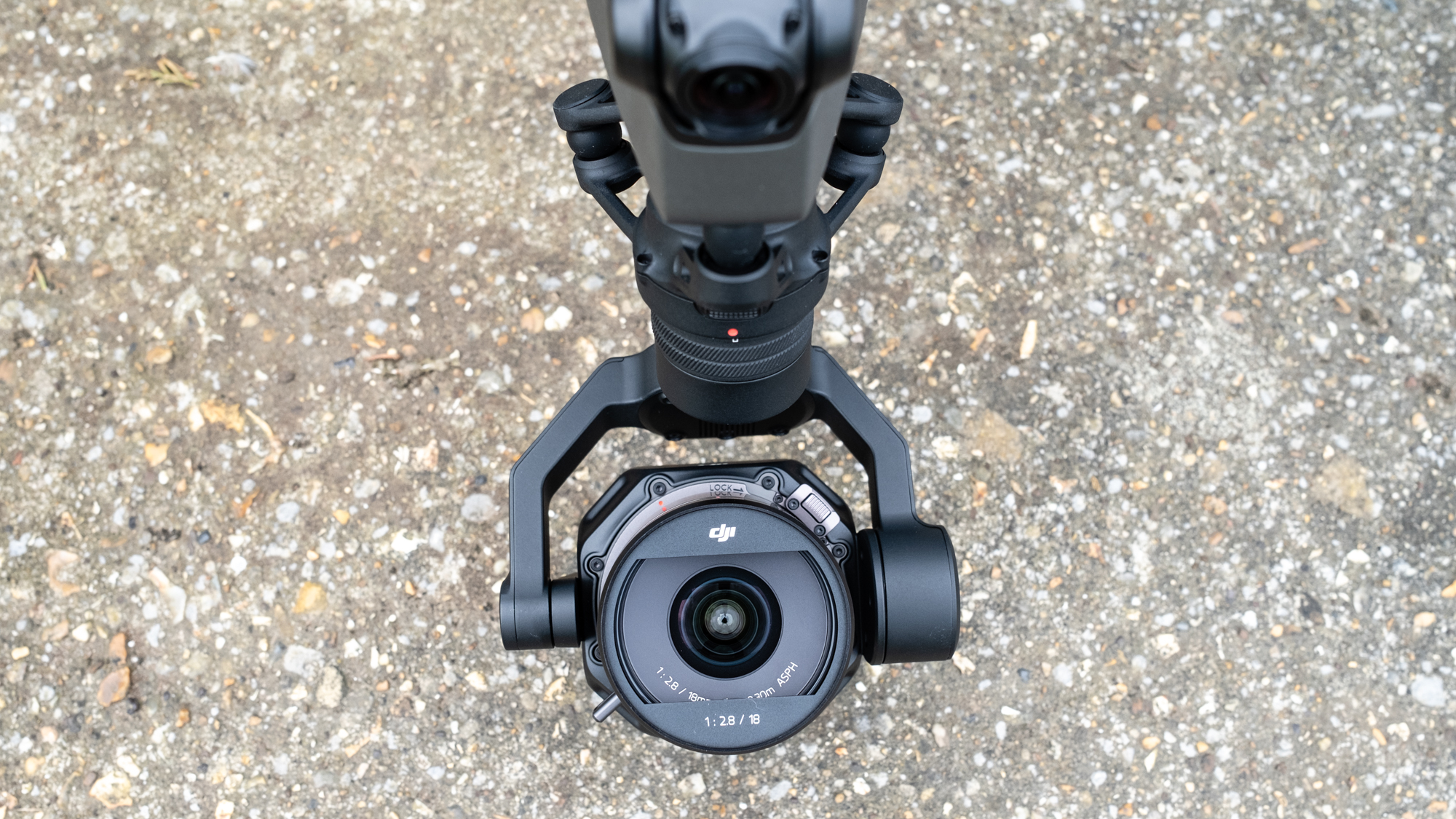
Including the gimbal camera and lens, two batteries, a PROSSD, and propellers, the Inspire 3 weighs 140.91oz / 3,995g, which isn’t too bad considering how powerful the drone is, and the image quality the camera can produce. However, once you factor in spare batteries, a controller, and other accessories within the trolley case, it’s a cumbersome kit that’s awkward to transport over uneven terrain. Optional off-road wheels for the trolley case would be a welcome accessory.
As it’s a professional drone, the Inspire 3 can be controlled by two controllers: one for the pilot and the second for a camera operator. In this setup, the pilot flies the drone using the 161-degree ultra-wide-angle FPV lens with a 1/1.8-inch night-vision sensor with a 3μm pixel size and a live feed of up to 1080p/60fps. The camera operator then controls the main camera for filming, with the ability to take control of the drone if the connection between the master controller and the drone is lost. It can, of course, also be controlled by a single operator using the main camera for both flight control and shooting.
The controller itself is a DJI RC Plus with a large 7-inch 1,200-nit touchscreen with convenient direct-access controls that enable easy adjustments to camera settings and other options. The camera view can also be switched between the gimbal camera and the FPV camera. Battery life is advertised at just over three hours, and batteries can be hot swapped, or a larger capacity external battery can be used to extend battery life. It’s a large controller, but it comes with a strap and rear frame to make it more comfortable for use over longer periods. And the new DJI Pilot 2 app for Inspire provides a cinema-grade interface, with the ability to sync timecode between the drone and ground cameras and connect an external monitor.
DJI Inspire 3: Features and flight
- Powerful and nimble flight
- 58mph maximum speed
- Waypoint Pro & 3D Dolly
At the most basic level the DJI Inspire 3 is easy and intuitive to fly, just like any DJI consumer drone, but it offers professional capabilities and controls that can make using it more complicated as you delve into its full capabilities. It uses two 4280mAh batteries to deliver a high level of power, including wind resistance of 31mph, but it’s incredibly nimble despite its size and weight, with the ability to ascend and dive sharply as well as making fast and smooth turns. The batteries are also hot-swappable, so you don’t have to power-down the drone as long as you change the batteries one at a time. Plus, the Inspire 3 will alert you if you accidentally replace a used battery.
We’ve all become used to the bells and whistles that typically come with DJI consumer drones, such as Quickshots, Mastershots, AEB (automatic exposure bracketing) and Pano. But with the Inspire 3, these functions are absent, with everything in terms of shooting controlled directly through the camera using Program, Aperture Priority, Shutter Priority and Manual (PASM) modes. And in reality, you would expect anyone intending to purchase this drone to be a competent camera operator, and able to employ a variety of photography and video techniques manually using the camera controls, rather than relying on automated functions.
Despite the absence of Quickshots, which are essentially obsolete in a drone designed for professional use, the Inspire 3 does have a few tricks up its sleeve when it comes to autonomous flight and subject tracking. Waypoint Pro offers precise route and shot planning, including manual and fully programmed camera and gimbal control. Plus, Repeatable Routes and 3D Dolly modes allow the drone to complete identical flights, and mimic traditional camera movements in an aerial context. This is ideal for filmmaking, where repeated takes may be required, and seamless transitions need to be created.
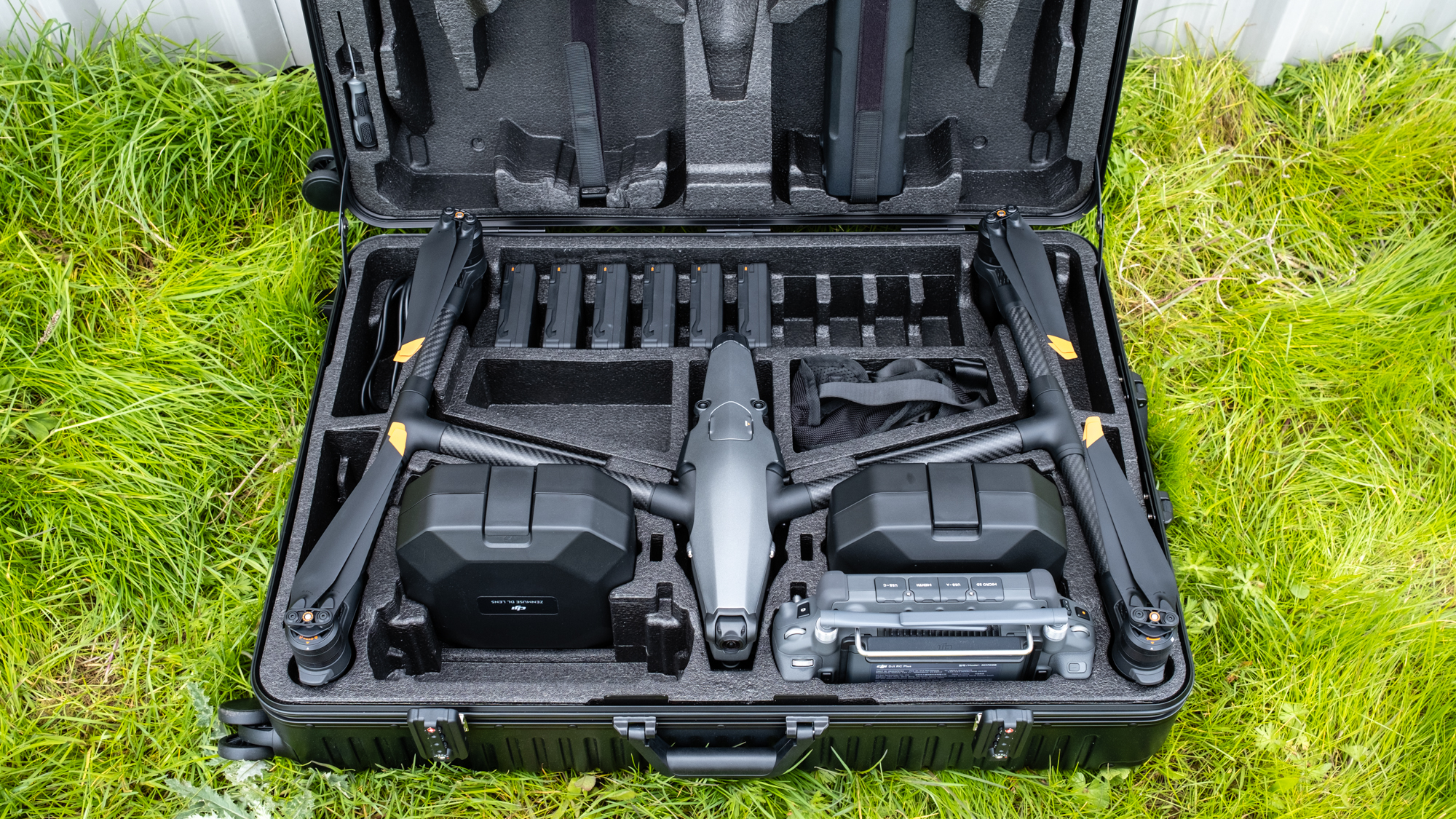
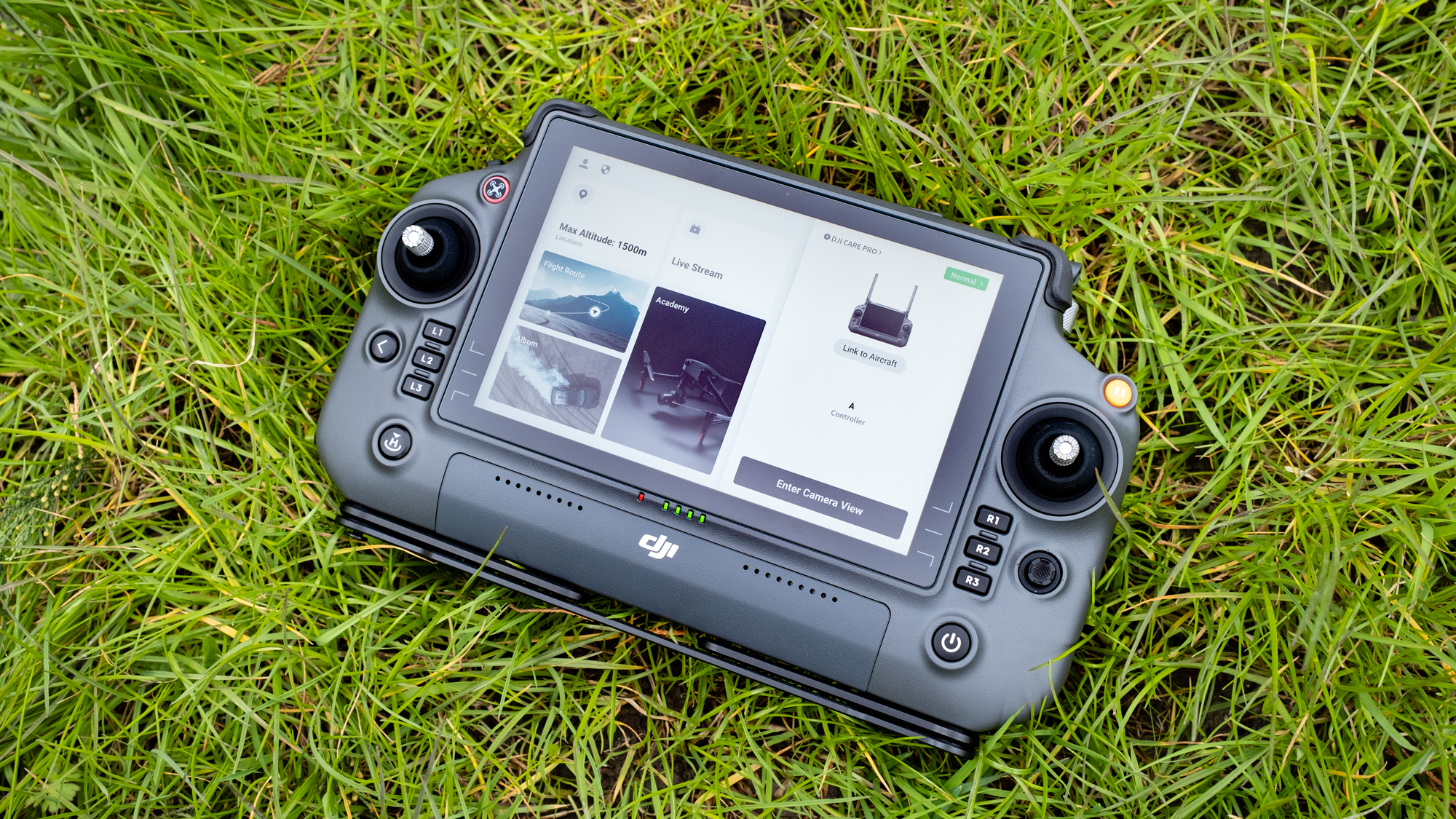
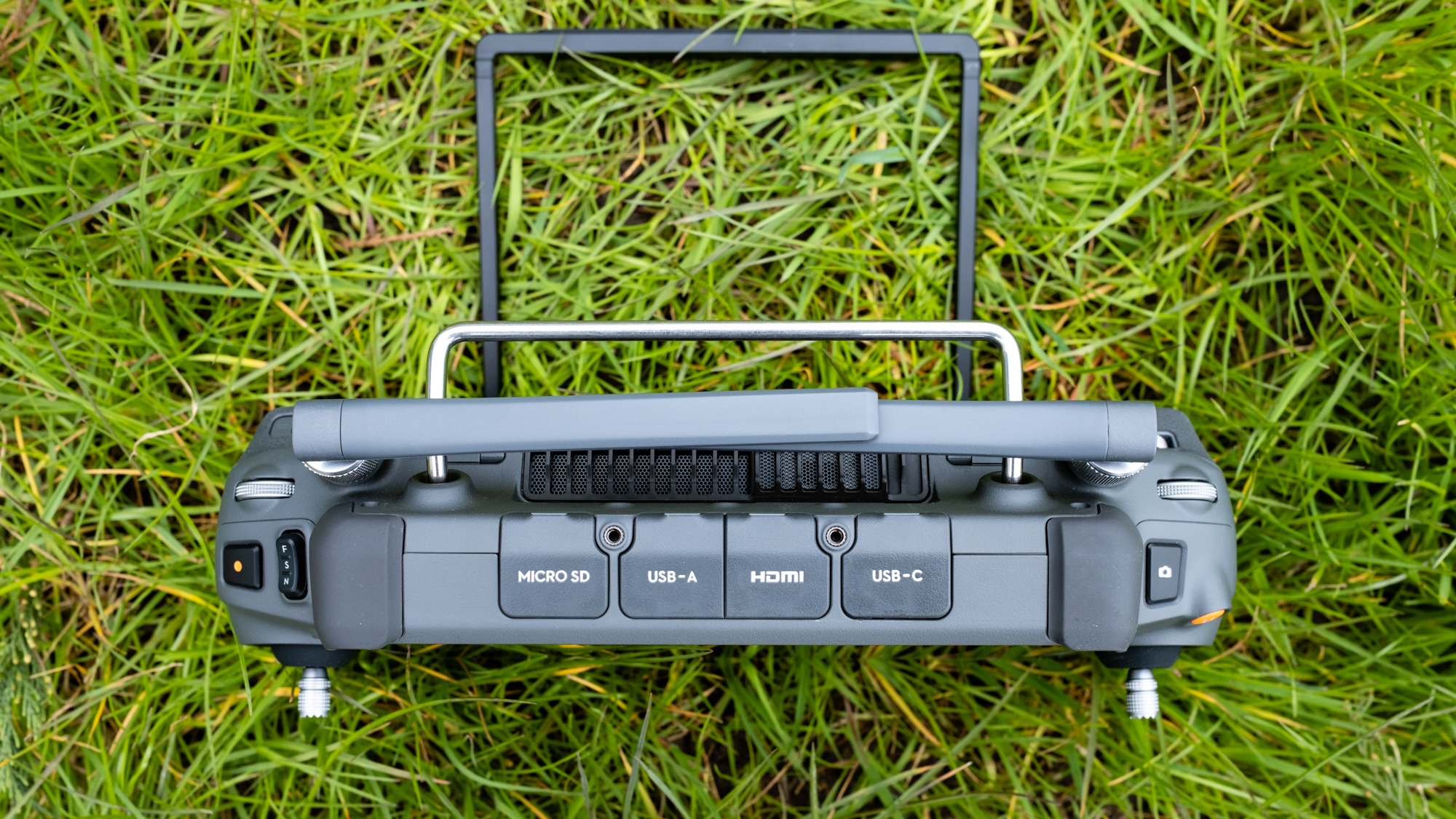
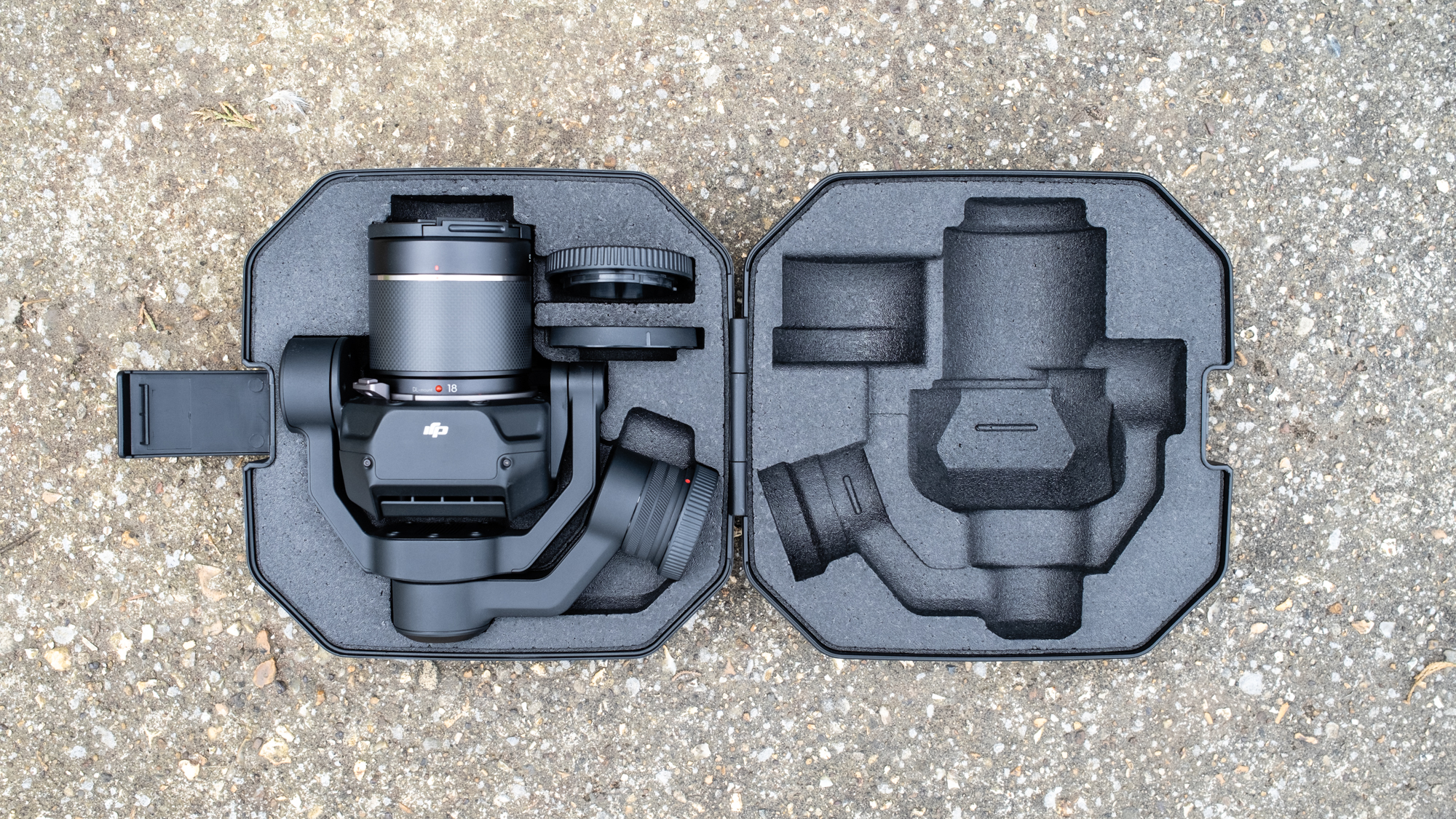
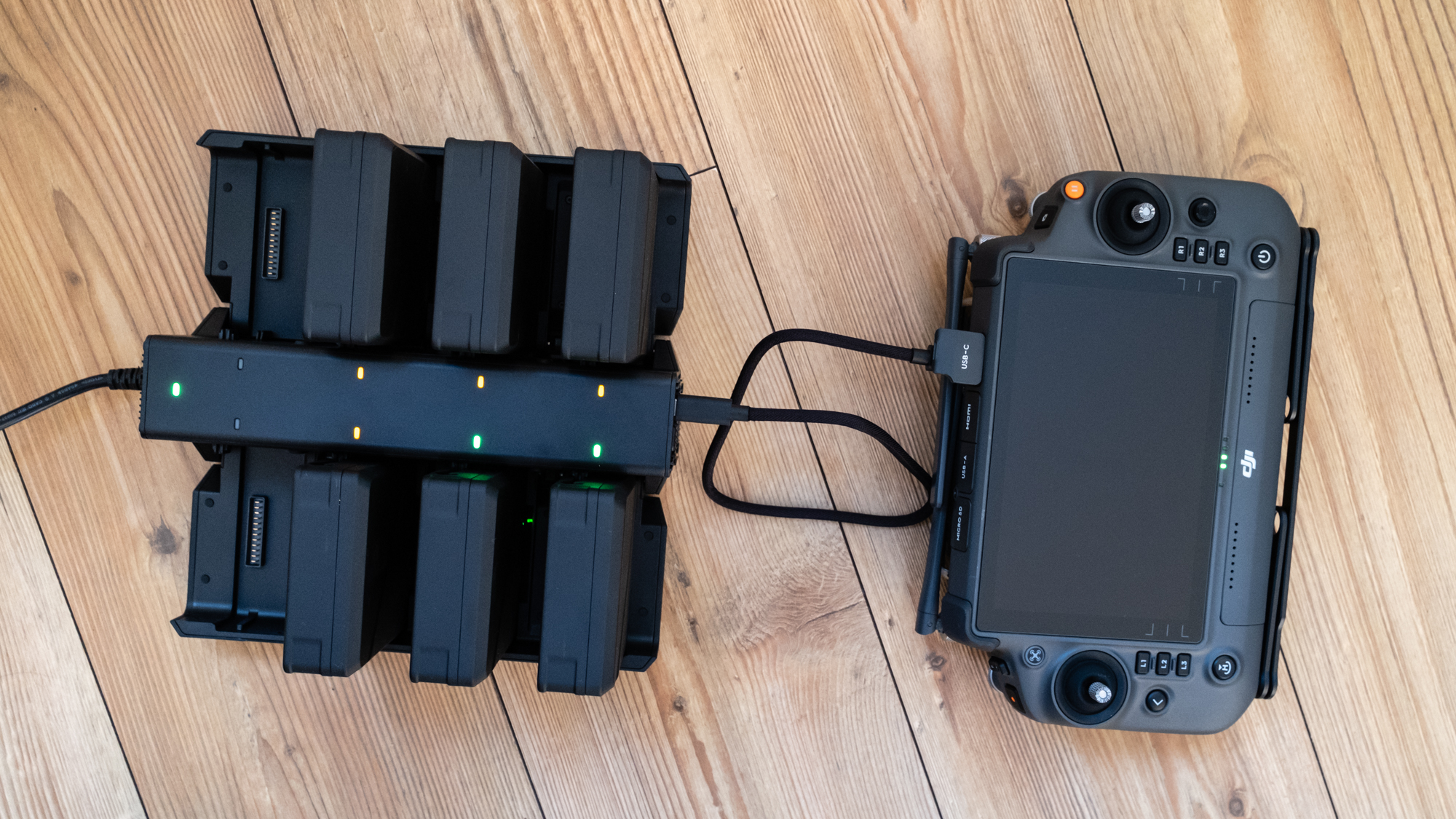
To further increase flight accuracy, there’s RTK Positioning, which requires an optional D-RTK 2 Mobile Station. This takes advantage of the Inspire’s GPS, Galileo and BeiDou satellite positioning systems to provide flight accuracy to 10mm, which is useful both in surveying applications and in highly complex environments such as film sets. It’s an expensive and highly specialized optional accessory, so it’s not necessary for everyone.
These features are assisted by front and rear-stacked ceramic antennas with anti-magnetic-interference capabilities for increased flight accuracy and safety. The Omnidirectional Sensing System can detect obstacles in all directions, and distances can be customized according to the flight location/situation and/or the pilot’s personal preference.
Obstacle sensing is provided by six fisheye sensors, two wide-angle sensors and one omnidirectional ToF sensing system. These are highly effective, and provide confidence when flying manually and using Waypoint Pro, although as with any drone flight, care and caution remain paramount. Obstacle avoidance can also be switched off, but the pilot can still see the (customizable) distance of obstacles on the controller screen alongside receiving an audio alert.
DJI Inspire 3: Image and video quality
- 44.7MP full-frame CMOS sensor
- Four lenses available
- Up to 8K in ProRes Raw and CinemaDNG
Thanks to the new full-frame Zenmuse X9-8K Air Gimbal Camera, image quality is excellent for both photos and videos when paired with any of the four DJI DL lenses. The new DJI DL 18mm F2.8 ASPH is a fantastic lens, with a focal length well-suited to aerial photography and video, but there’s also the DJI DL 24mm F2.8 LS ASPH, DJI DL 35mm F2.8 LS ASPH, and DJI DL 50mm F2.8 LS ASPH, which offer a fantastic level of versatility for professional video.
With a full-frame camera, and lenses offering a maximum f/2.8 aperture, it’s possible to capture a relatively shallow depth of field, which is most prominent when shooting with the 50mm lens. And while this will be of less concern for photographers who mostly use drones for shooting landscapes and cityscapes, the ability to defocus the background will be essential for video capture in some situations.
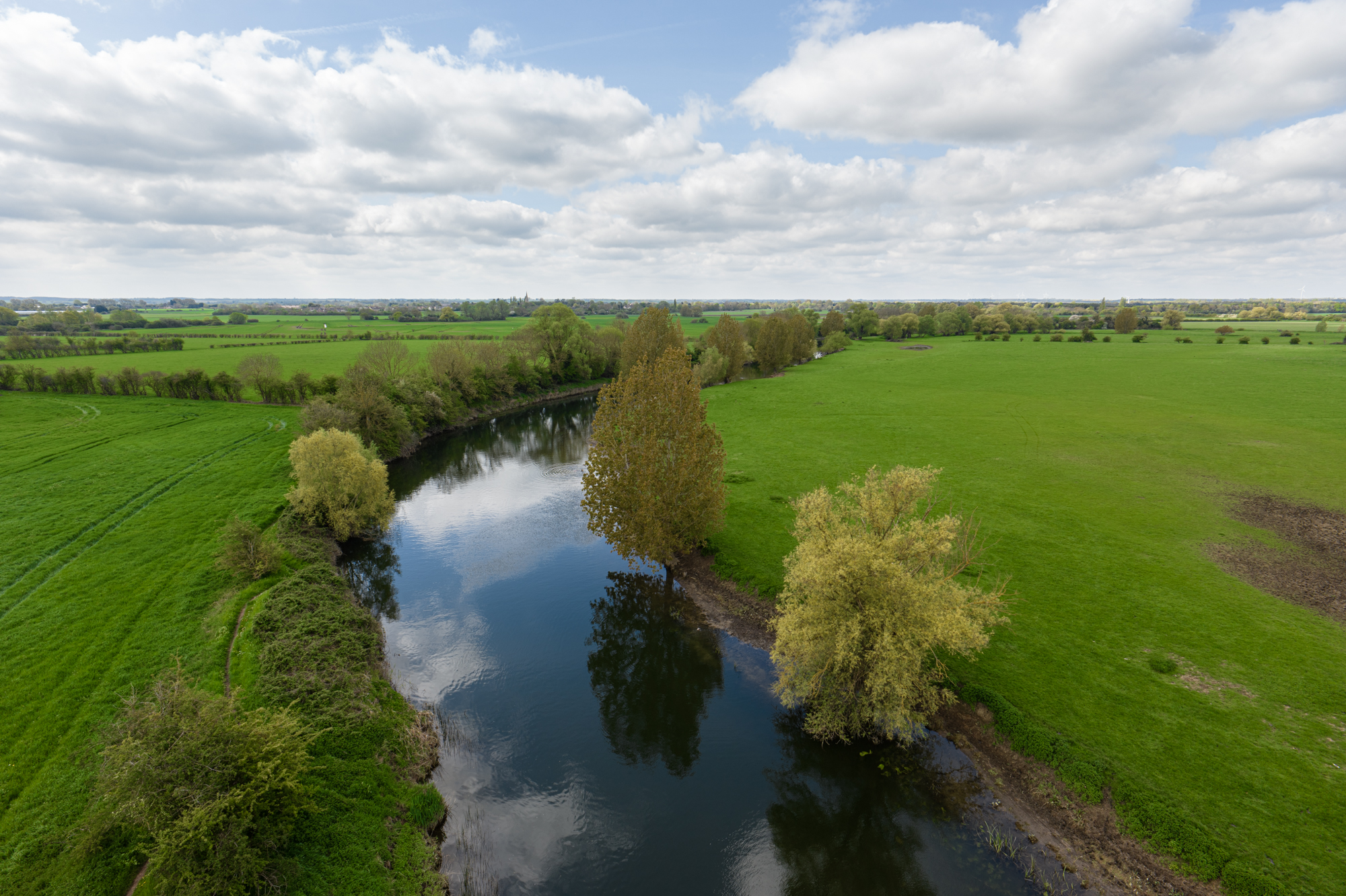
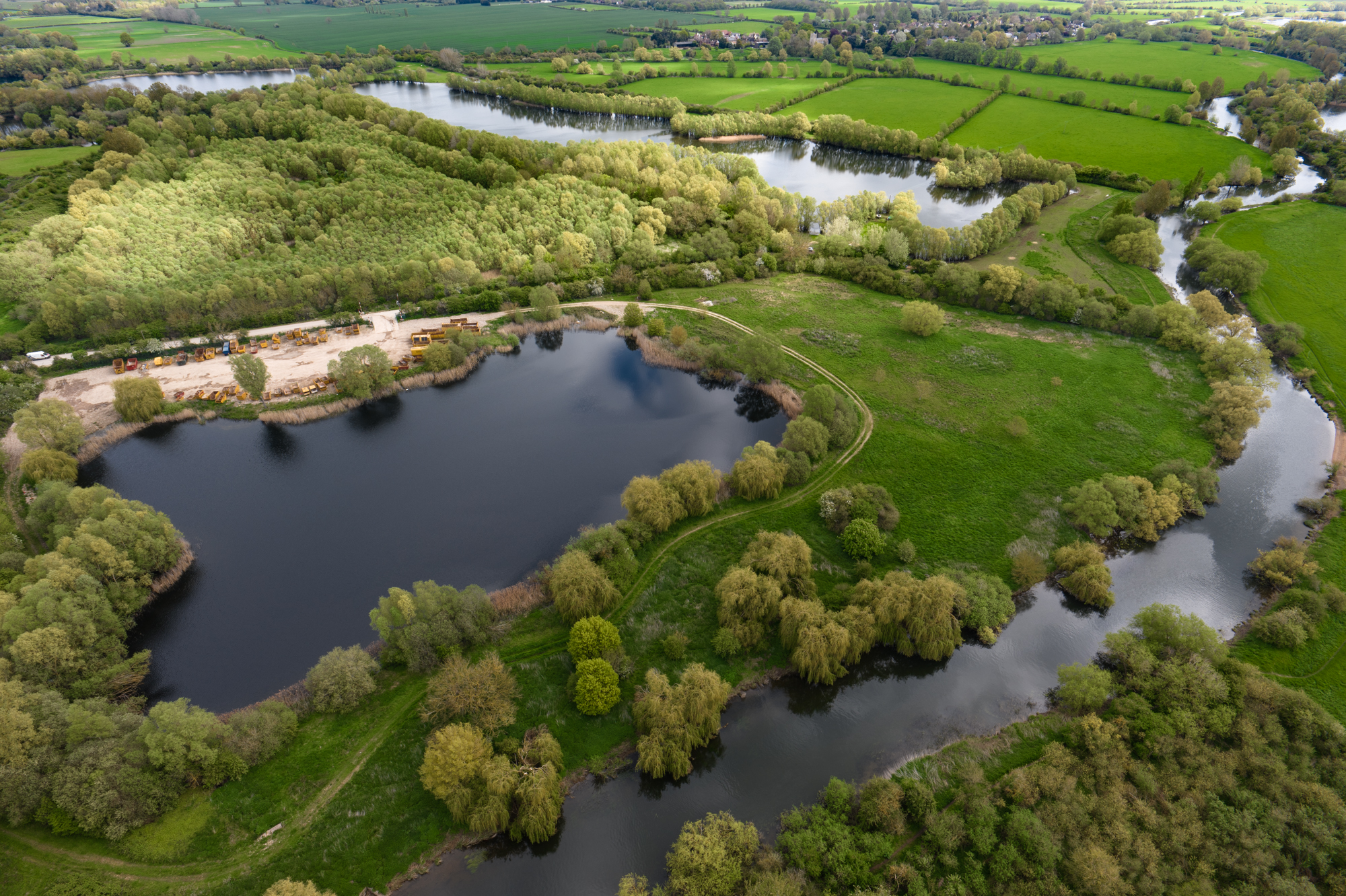
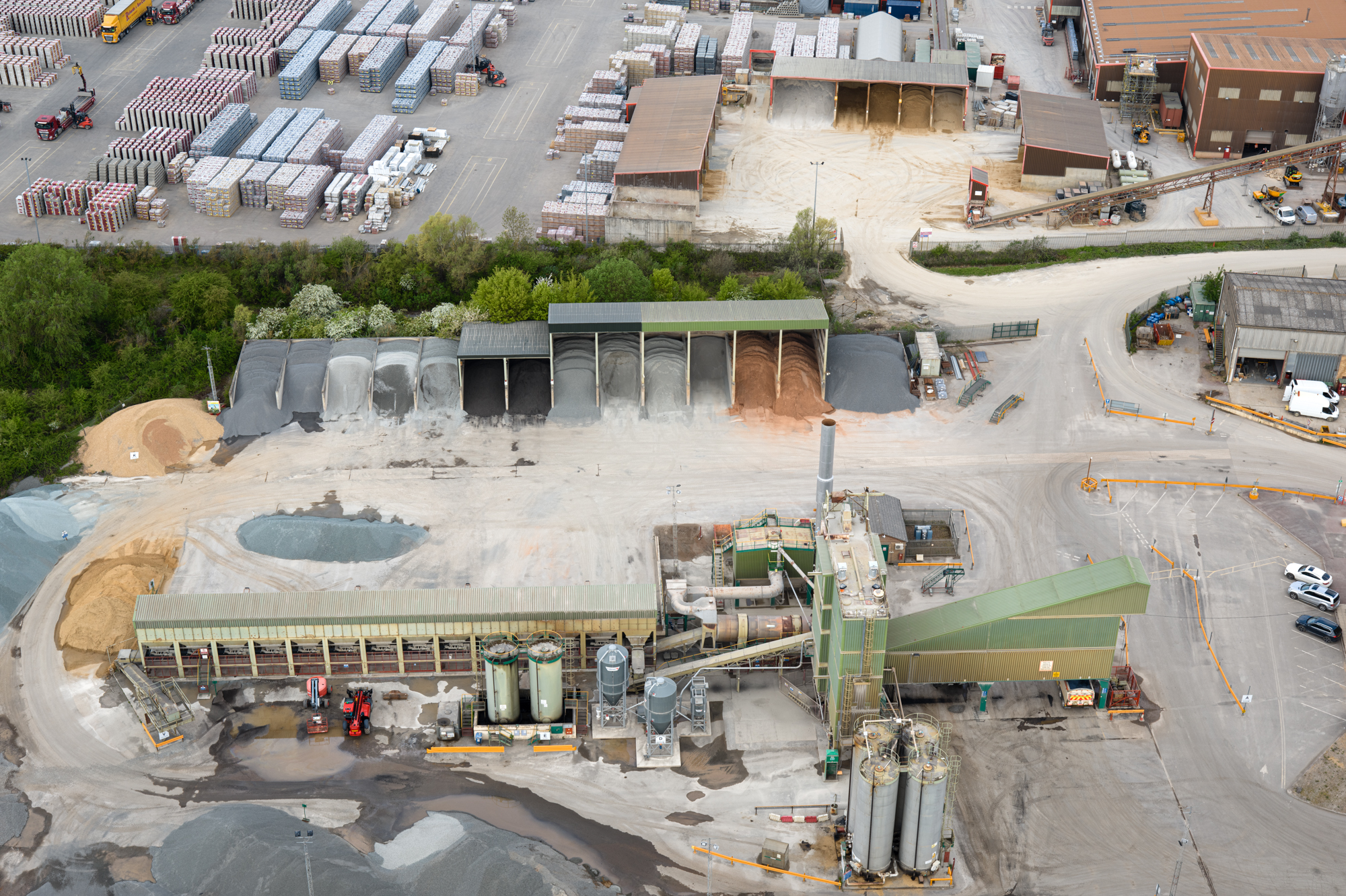
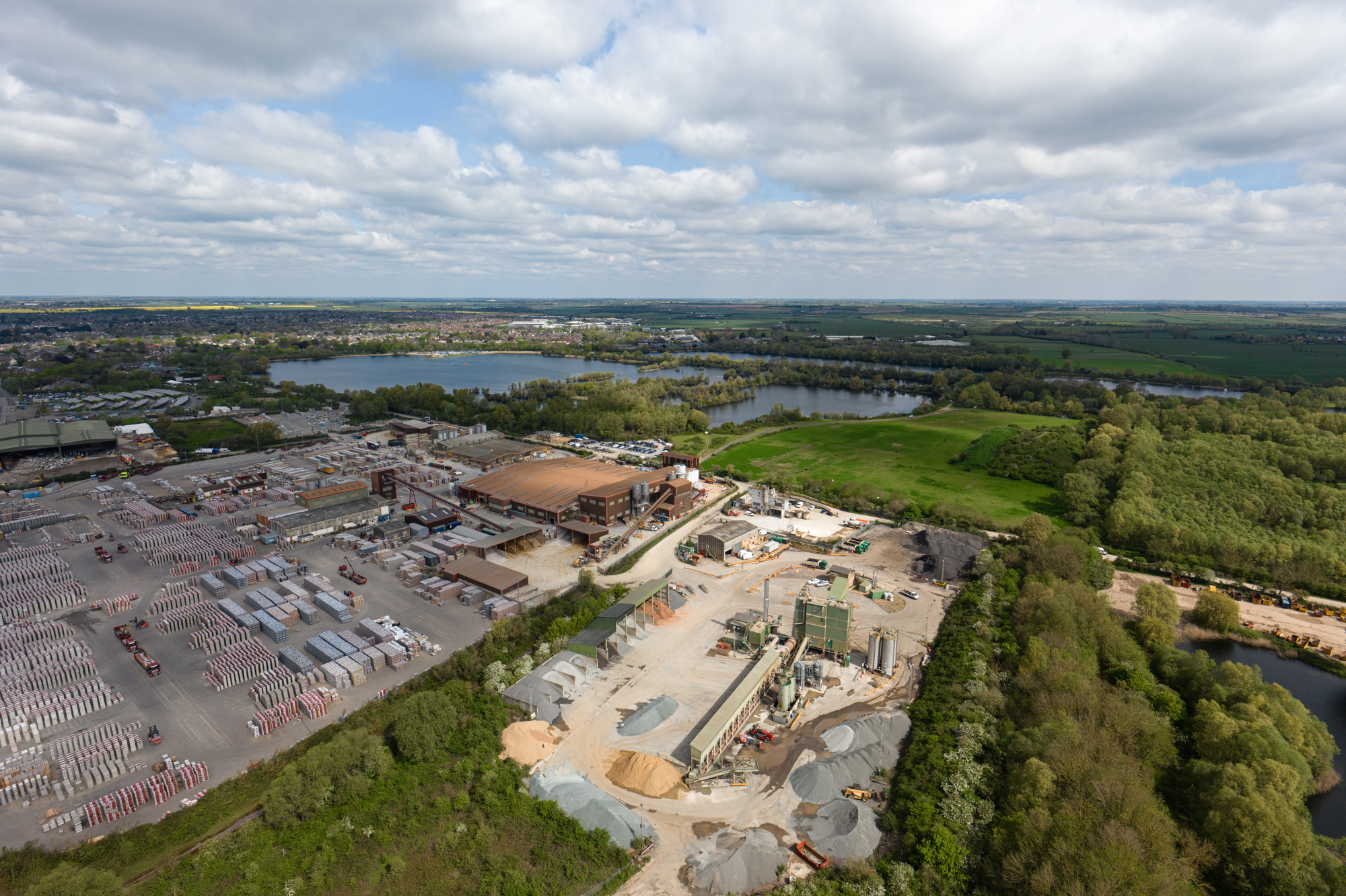
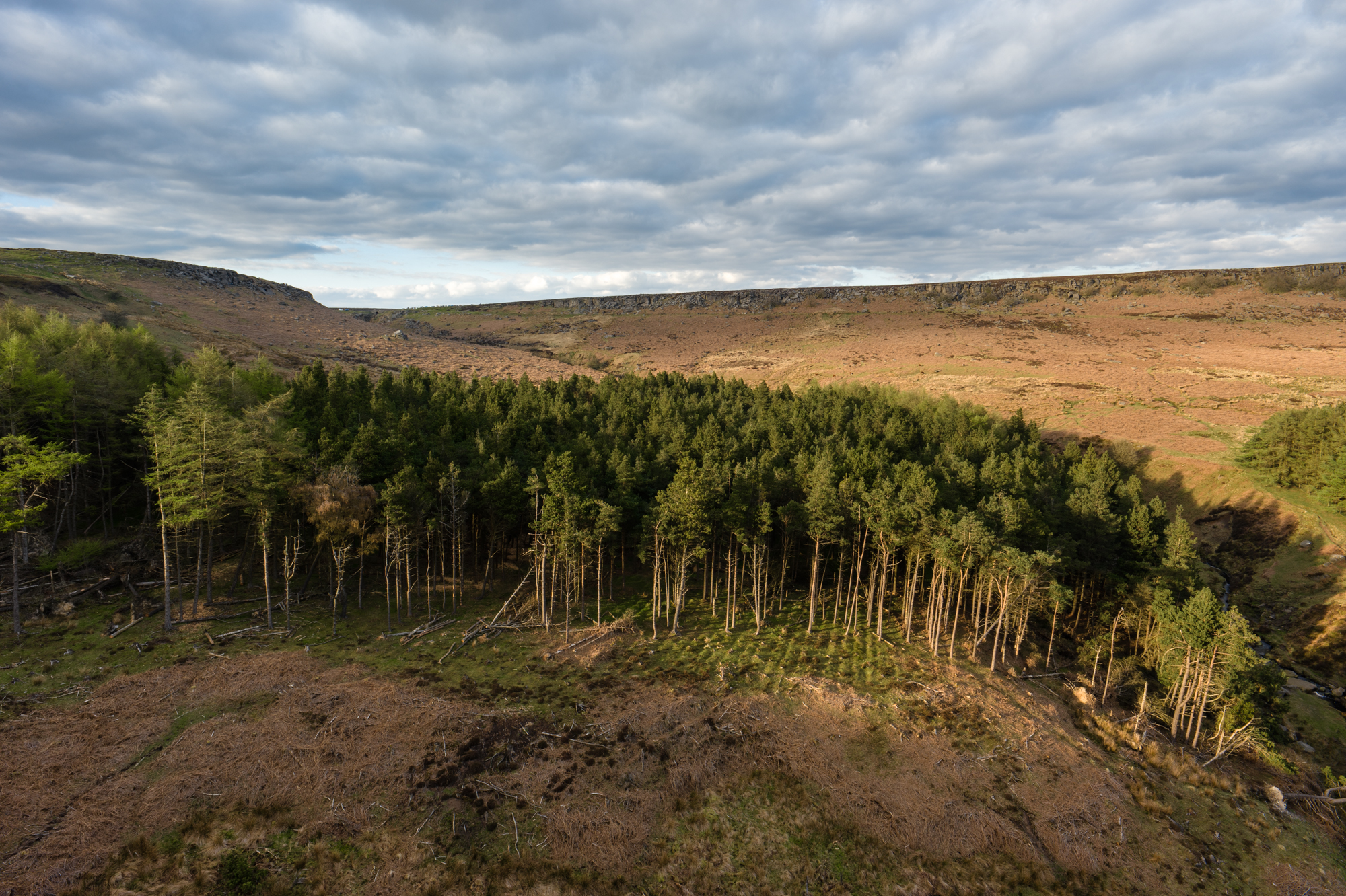
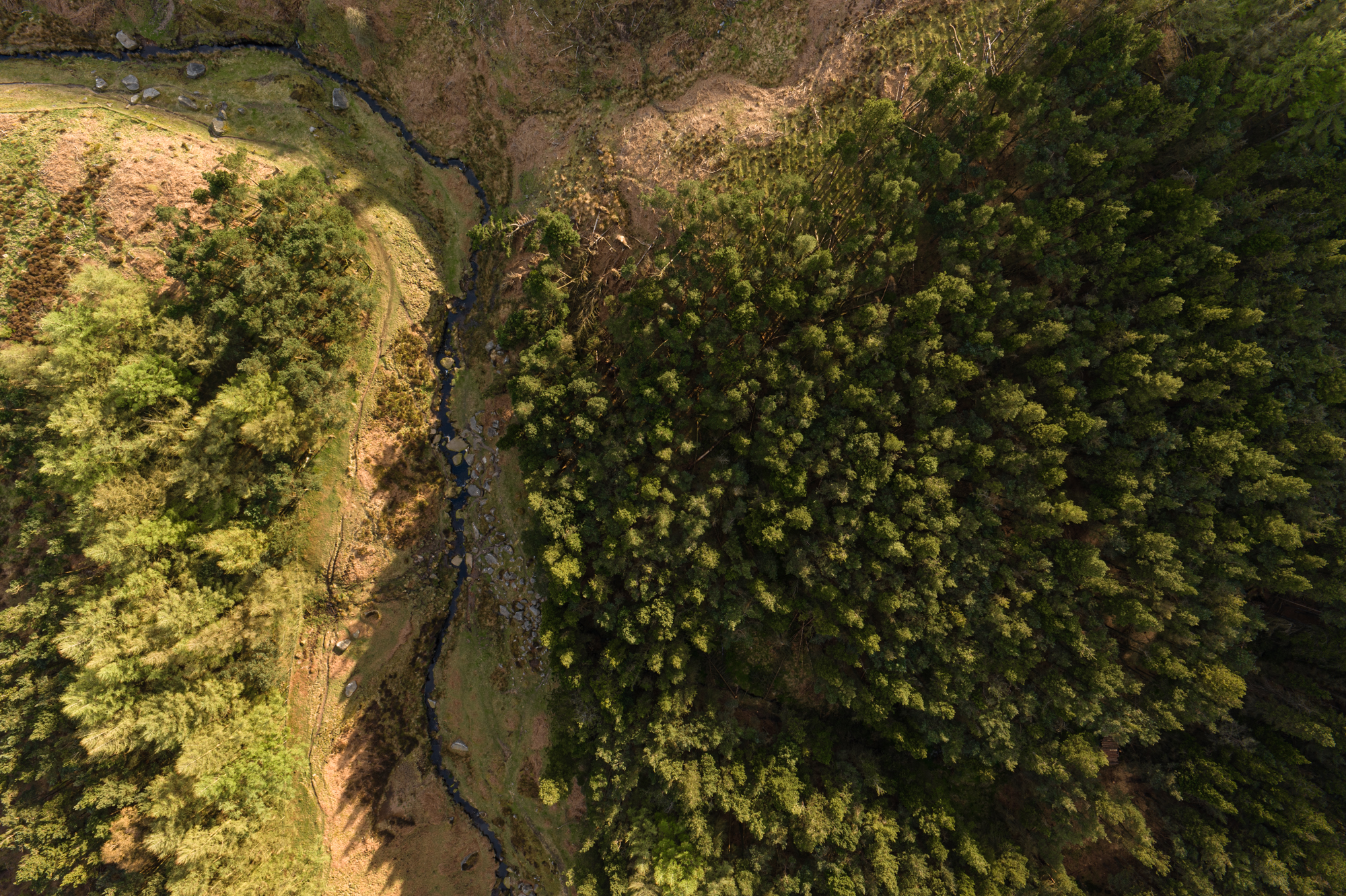
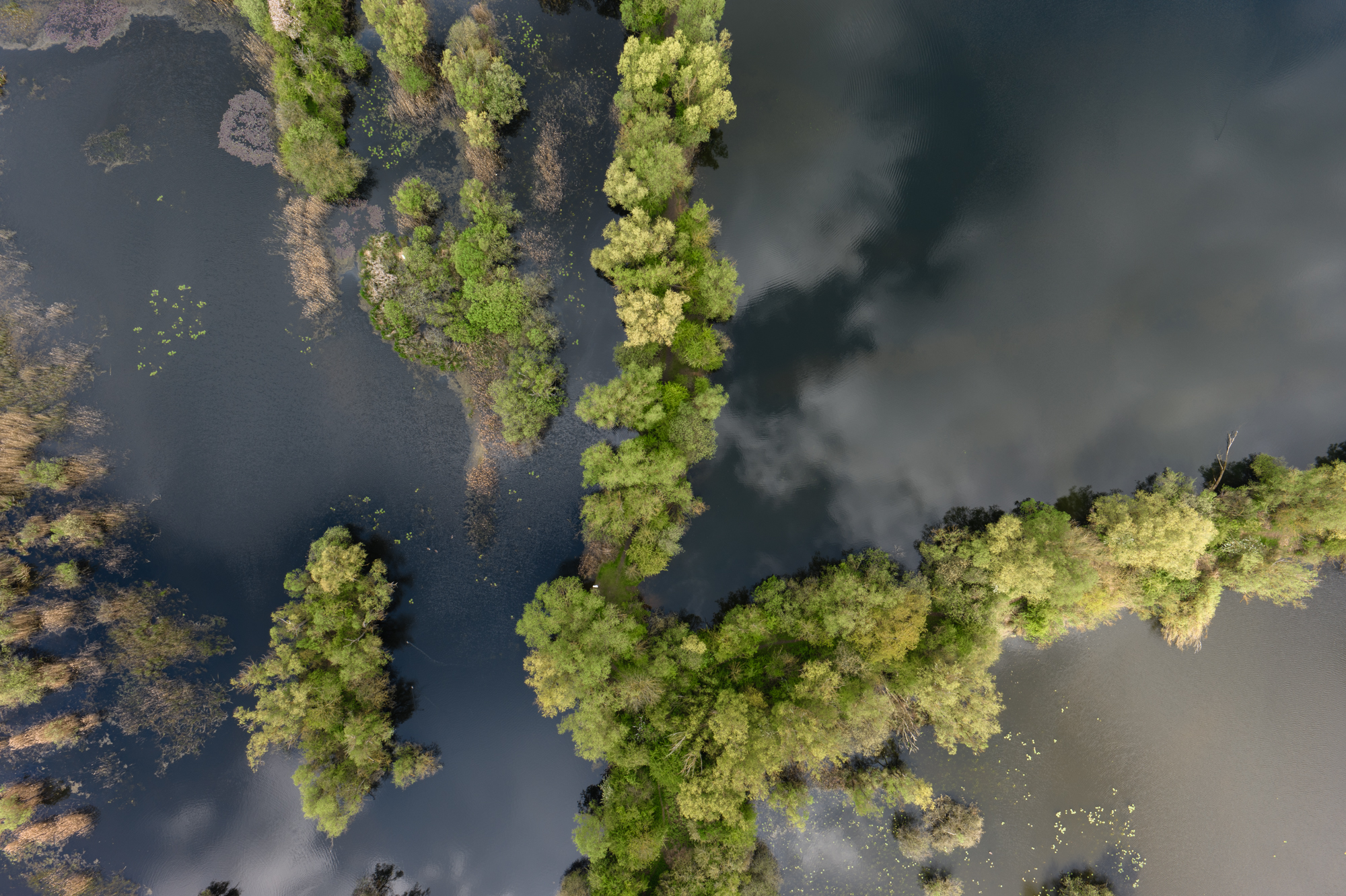
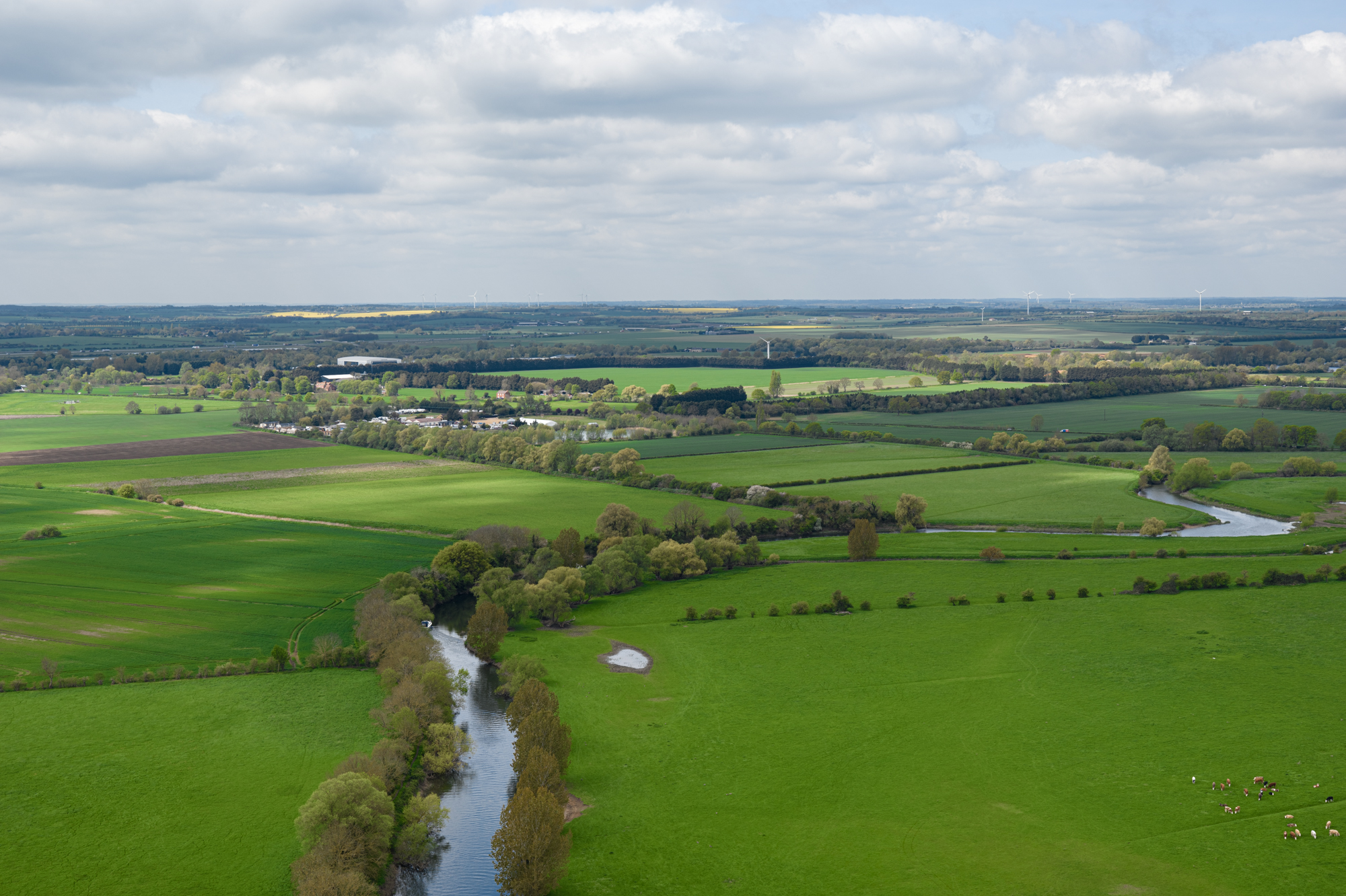
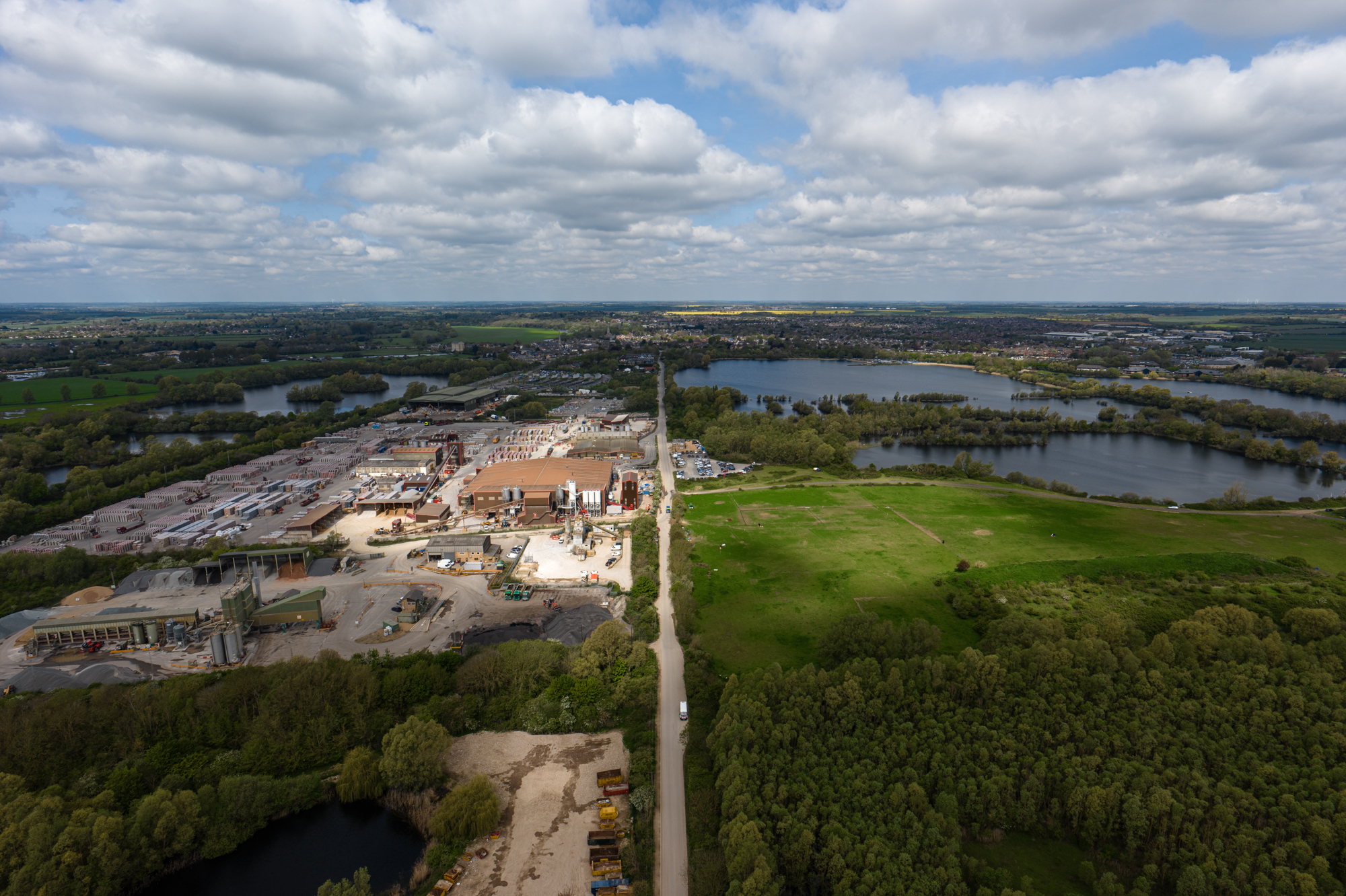
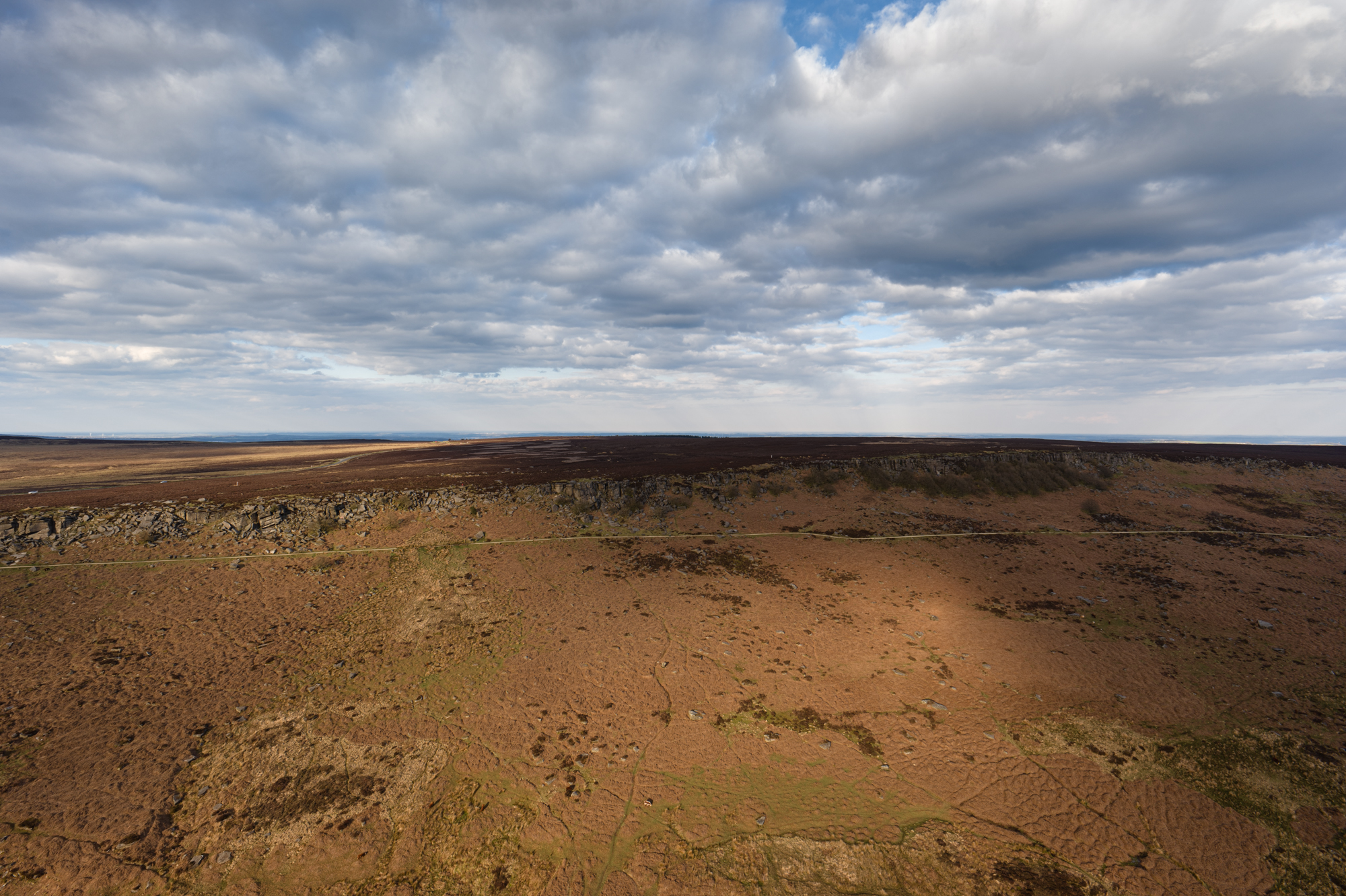
All video is captured in flat/Raw profiles, with the ability to use a different profile on the controller to that which is being captured by the camera, including applying LUTs. The camera cannot capture video in a Standard profile, so all footage needs to be color graded. This is unsurprising, as professional videographers and filmmakers always color-grade footage rather than relying on ‘standard’ color profiles, which are processed in-camera and are essentially the video equivalent of JPEGs.
The camera sensor provides up to 14 stops of dynamic range for both photos and videos, so it’s on a par with standard cameras in this respect. Stills can be captured in both raw and JPEG, with image size coming in at 44.7MP. Video can be captured in either full-frame or Super 35 depending on requirements, with the ability to shoot in 8K up to 75fps in ProRes Raw, or 8K up to 25fps in CinemaDNG. 4K provides the most options for frame rates and slow motion, with the ability to shoot at up to 120fps in all codecs except CinemaDNG, which is slightly lower at 100fps in 4K. Other recording codecs include ProRes 422HQ and H.264.
In a nutshell, the Inspire 3 provides the same level of image quality and control as a full-frame mirrorless camera, minus the advanced shooting features you’d get with a dedicated camera. But this isn’t a problem, because you can still achieve everything you want to creatively by taking a more manual approach to shooting.
Should I buy the DJI Inspire 3?

Buy it if...
You produce aerial video for movies and television
If you’re a professional drone operator working in movies and television, the Inspire 3 is designed specifically for the type of work you produce in terms of both video and flight features. With agile, smooth and precise flight, alongside dual-operator control, it’s a highly versatile professional drone.
You require precision in a professional environment
With the ability to provide flight accuracy of 10mm when used in combination with the D-RTK 2 Mobile Station, the Inspire 3 is particularly suited to both surveying, and flight in highly complex environments such as film sets.
You require the highest quality photos
The image quality produced by the full-frame CMOS sensor is excellent for both videos and photos, with four prime lenses available. This is the best image quality you can get without requiring an even larger drone with a medium-format or Red (cinema) camera attached.
Don't buy it if...
You’re not a professional drone pilot
The Inspire 3 is a specialist drone that even many highly experienced pilots would find difficult to justify in terms of its capabilities and cost. For the casual drone pilot, a smaller and less expensive, yet still highly capable, DJI Mavic 3, 3 Classic or 3 Pro would be a much better option.
You need a small and lightweight drone
One of the biggest problems with even medium-sized drones is that they can be difficult to carry alongside other photo and video kit. Not to mention, they can’t be flown as freely as sub-250g models such as the DJI Mavic Mini 3 Pro, which is the best drone available in its class.
You’re getting started with drones
If you’re new to drones, you should start small and build up to larger and more powerful craft as your skills, experience and confidence increase. The Inspire 3 is certainly not a drone for beginners, and will be too much drone for even some professionals.
How I tested the DJI Inspire 3
I tested the DJI Inspire 3 over several days of flying in a range of locations, environments and weather conditions (excluding rain) to test flight performance, flight features, overall handling and image quality for both photo and video capture. All testing is conducted in a way that meets local aviation laws and restrictions to ensure that flights are safe and legal.
Drones are always tested using manual flight patterns for video that are typical of professional aerial video capture to shoot visually interesting footage. This also provides the opportunity to test aspects such as the connection between the drone and controller, latency between the two, and the accuracy of the controls and flight in general.
With nearly 30 years of photographic experience and 15 years working as a photography journalist, I’ve been covering drones in terms of shooting and editing techniques, alongside reviewing them, for a number of years. As well as flying most consumer and prosumer models, I’ve previously held a PfCO (Permission for Commercial Operations) issued by the UK Civil Aviation Authority, and now fly under an A2 CofC (A2 Certificate of Competency).
First reviewed May 2023
James Abbott is a professional photographer and freelance photography journalist. He contributes articles about photography, cameras and drones to a wide range of magazines and websites where he applies a wealth of experience to testing the latest photographic tech. James is also the author of ‘The Digital Darkroom: The Definitive Guide to Photo Editing’.
